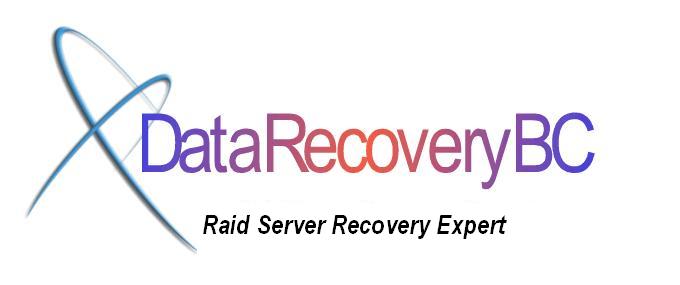Special hard drives needs special experiences and tools
SAS (Serial SCSI) / SCSI, Small Computer Systems Interface, hard drive data recovery require a unique set of tools to recover any available data due to the construction of the media.
SAS/SCSI hard drive family are engineered to very high standards which offer superb ROI and MTBF however there are situations such as seizure of the spindle motor would require that the media be opened in our cleanroom environments, this procedure is much more complicated and time consuming than the IDE and S-ATA. Its high performance often comes at a price as mechanical failures on these devices can often prove very difficult to recover from.
1stDataRecovery have invested heavily in R & D to offer the best in class to this storage medium, and is able to recovery all kinds of SAS/SCSI Hard Drives from different manufacturers, although there are many variations of it.
- SCSI-1: Uses an 8-bit bus, and supports data rates of 4 MBps
- SCSI-2: Same as SCSI-1, but uses a 50-pin connector instead of a 25-pin connector, and supports multiple devices. This is what most people mean when they refer to plain SCSI.
- Wide SCSI: Uses a wider cable (168 cable lines to 68 pins) to support 16-bit transfers.
- Fast SCSI: Uses an 8-bit bus, but doubles the clock rate to support data rates of 10 MBps.
- Fast Wide SCSI: Uses a 16-bit bus and supports data rates of 20 MBps.
- Ultra SCSI: Uses an 8-bit bus, and supports data rates of 20 MBps.
- SCSI-3: Uses a 16-bit bus and supports data rates of 40 MBps. Also called Ultra Wide SCSI.
- Ultra2 SCSI: Uses an 8-bit bus and supports data rates of 40 MBps.
- Wide Ultra2 SCSI: Uses a 16-bit bus and supports data rates of 80 MBps.
- SAS, Serial SCSI.
- …
Common SCSI Hard Drives Problems:
- Start Unit Request Failed, unlike their IDE counterparts, SCSI disks operate through their own SCSI BIOS. When the computer is powered up, the SCSI BIOS sends a “Start Unit Request” command to the SCSI devices under it’s control. If the drive fails to start correctly, the SCSI drive will (often) power down and the error “Start Unit Request Failed” is displayed.
- If your SCSI controller is showing medium errors, shows the drive name, but no capacity, (0MB), rather than there full capacity.
- Clicking SCSI storage media may indicate a head preamplifier issue which requires the media to be opened in one of our clean room facilities.
- …
Reasons for SCSI drive failure:
- Power down / up: SCSI drives are often found in machines that “never” switch off. When eventually these machines are powered down, getting the SCSI drives to restart can often be difficult.
- Electronic Failure: Failure of the electronic circuitry on the hard disk will prevent the drive from starting, drives with this type of failure are often recoverable
- Mechanical Failure: Often characterized by a clucking sound or high pitched whine, SCSI hard disk mechanical failures are often the worst type of failure these drives can suffer. The noises, though not always apparent, are indicative of an internal mechanical failure or head crash.
- …
Common SCSI hard disk models:
- IBM Ultrastar
- Quantum Atlas
- Seagate Cheetah
- Assorted models from Fujitsu, Compaq and HP
- …
